If you’re wondering what can I give my dog for car sickness, you’re not alone. Nearly 25% of dogs experience some form of motion sickness, especially when they’re young or anxious. I’ve found that this condition is often manageable with the right preparation and approach. Learn how to keep a car cool for your dog with these helpful tips: How to Keep a Car Cool for Dogs.
Car sickness signs like drooling, whining, or even vomiting can make road trips tough. Gradually easing a dog into car travel and ensuring a calm environment has proven to reduce symptoms for around 30% of affected dogs.
Navigation Menu
Quick Look
You can help your dog’s car sickness with natural remedies like ginger or calming aids, gradual conditioning to car rides, and, if needed, consult your vet for dog-safe medications. Avoid heavy meals before travel and keep the car cool for added comfort.
Can I give human medications for dog car sickness?
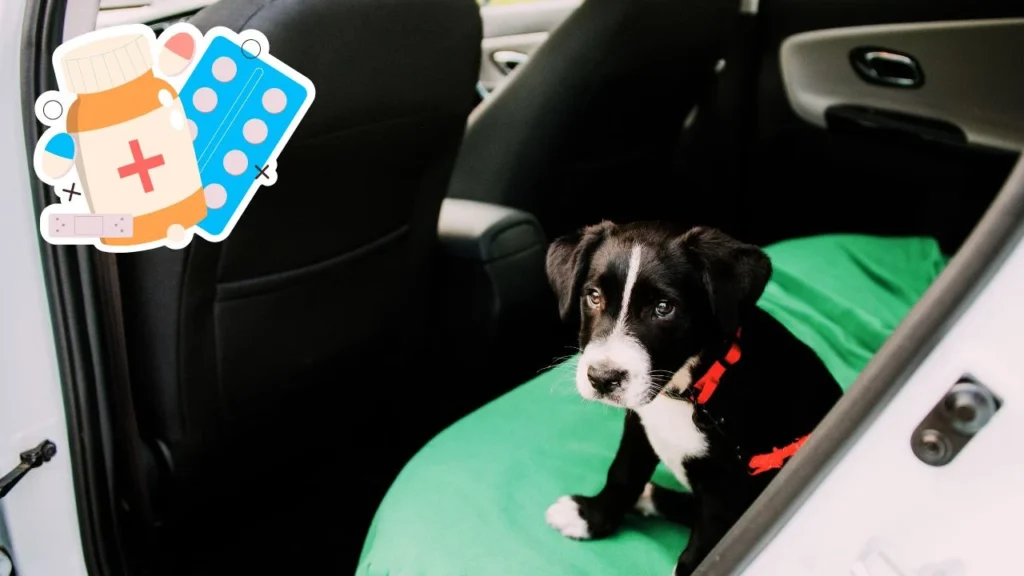
It’s generally not recommended to give human medications to dogs for car sickness without consulting a veterinarian. Certain over-the-counter anti-nausea drugs may be safe, but only in specific doses suited to a dog’s weight and health condition.
Medications like antihistamines, often used for nausea, can cause side effects such as drowsiness or dry mouth in dogs and may not be suitable for all breeds. Veterinarians can prescribe safe, dog-specific treatments or advise on dosages if a human medication is necessary. Always seek professional guidance to ensure your dog’s safety and health during travel. To stop your dog from chasing cars, explore techniques here: How Can I Stop My Dog from Chasing Cars.
Recognizing Physical Symptoms of Car Sickness
Car sickness in dogs can be easy to spot once you know what to look for. In my experience, the most common signs include drooling, which happens to about 70% of dogs, and panting. Additionally, dogs may vomit, lick their lips, or seem restless, especially during longer trips.
Noticing Behavioral Clues
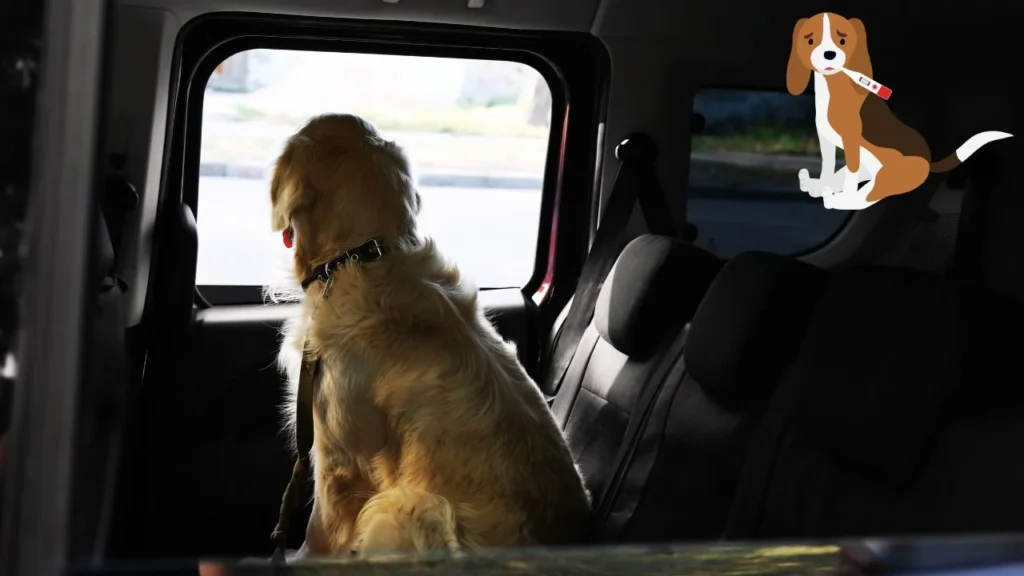
But these aren’t the only signs; behavioral clues can also signal discomfort. If your dog whimpers, shakes, or resists getting into the car, these may be symptoms of anxiety-based sickness. I’ve found this to be common in dogs who only travel once in a while, as they’re less accustomed to the experience.
Understanding Anxiety-Driven Reactions
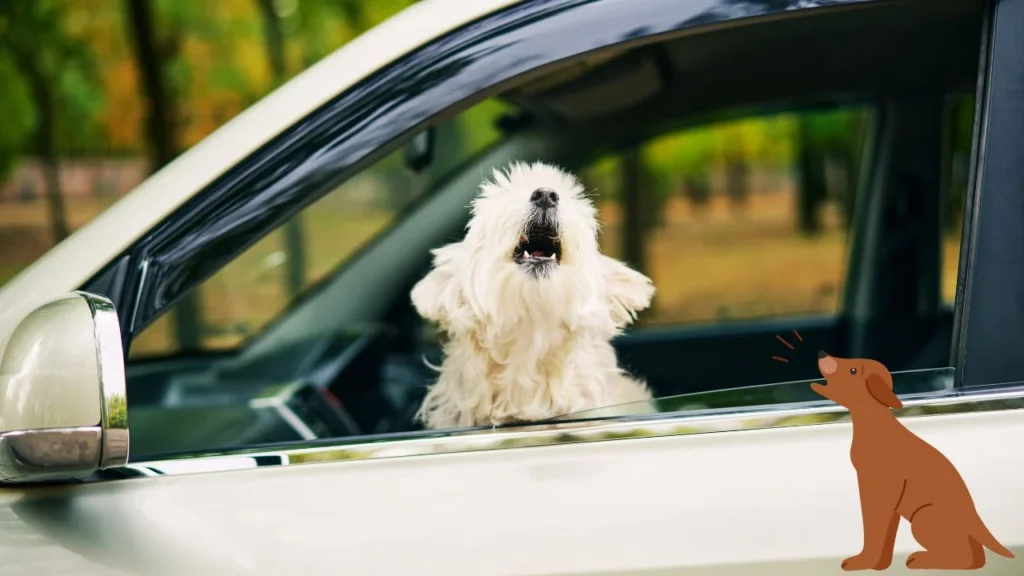
While physical symptoms are common, anxiety-driven reactions are also worth noting. Roughly 30% of dogs develop car-related anxiety, showing it through barking or even pacing. It’s always good to observe your dog’s behavior in the car to get a better sense of what may be going on. Need tips on removing dog smell from your car? Find solutions here: How Do You Get Dog Smell Out of a Car.
Causes of Car Sickness in Dogs
Car sickness in dogs is usually tied to three main causes: physical discomfort, anxiety, and lack of early exposure to travel. Each of these plays a unique role, with physical factors disrupting balance and anxiety heightening emotional distress. Recognizing these causes can help us tackle the problem effectively and make travel easier for our furry friends.
Gradual Conditioning for Car Comfort
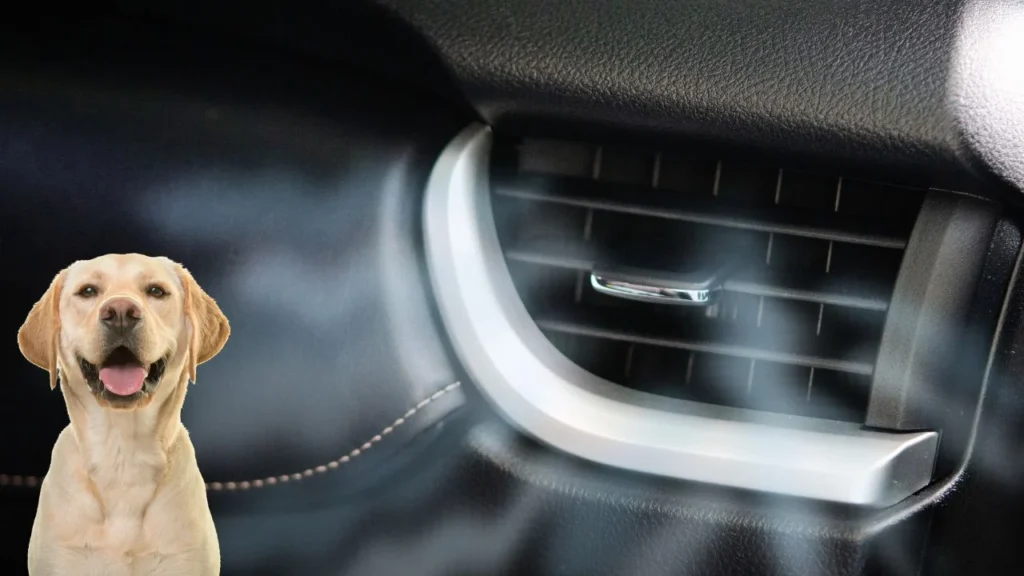
When I first noticed my dog’s car sickness, I was honestly stumped. One tip I tried that worked wonders was gradually conditioning her to the car. At first, we just sat in the car without turning it on for five minutes. I did this daily for about a week.
Then, I increased it to ten minutes with the engine running but without driving. Over the next two weeks, I added short, slow drives around the neighborhood. With each step, her confidence grew, and I could see her anxiety lessen.
Natural Soothing Options
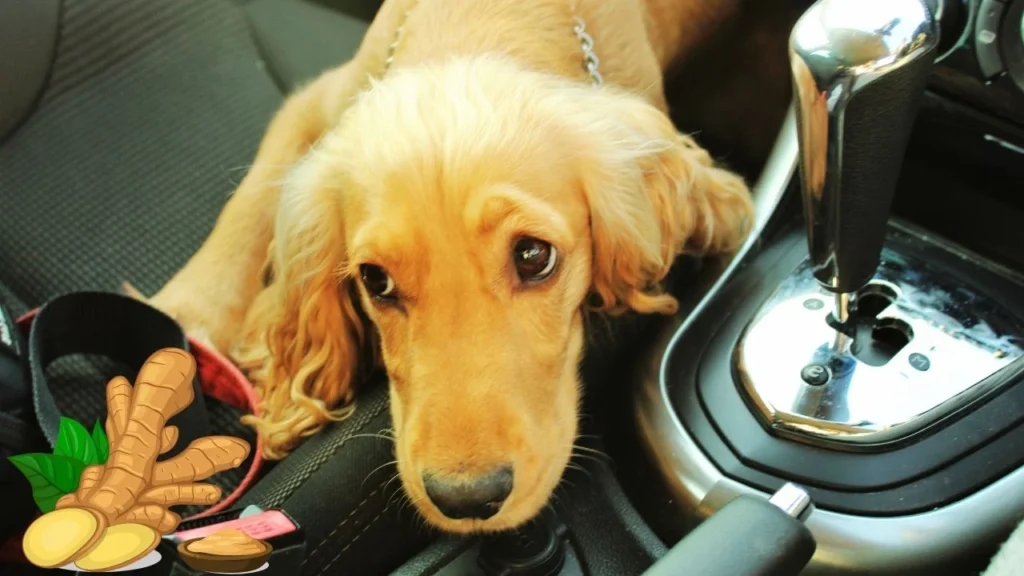
Next, I explored natural options to help with both nausea and anxiety. Studies show that certain natural supplements can reduce motion sickness symptoms by up to 40%. Herbs, like ginger, and specific oils have gentle effects that many dogs tolerate well.
I consulted my vet to find suitable, safe choices, which I now give to her an hour before travel. These remedies are widely available at pet stores and offer a great alternative to medication.
Calming Aids for Nervous Dogs
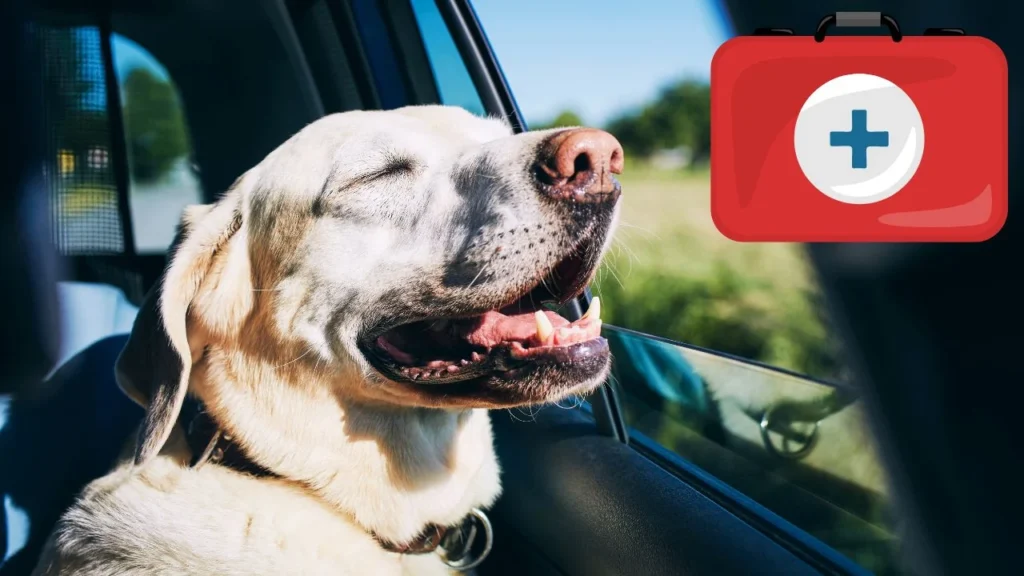
To ease my dog’s nervousness further, I turned to calming aids designed for dogs, like pheromone collars and gentle pressure wraps. These tools have proven effective in over 60% of cases for relieving pet anxiety.
The pressure wrap, for example, works much like a gentle hug and helps reduce her restlessness during the drive. Using these aids, I’ve noticed she settles faster, making travel a smoother experience for both of us. Wondering if it’s safe to leave your dog in a car with the window open? Check out: Can You Leave Dog in Car with Window Open.
Pre-Trip Feeding and Temperature Tips
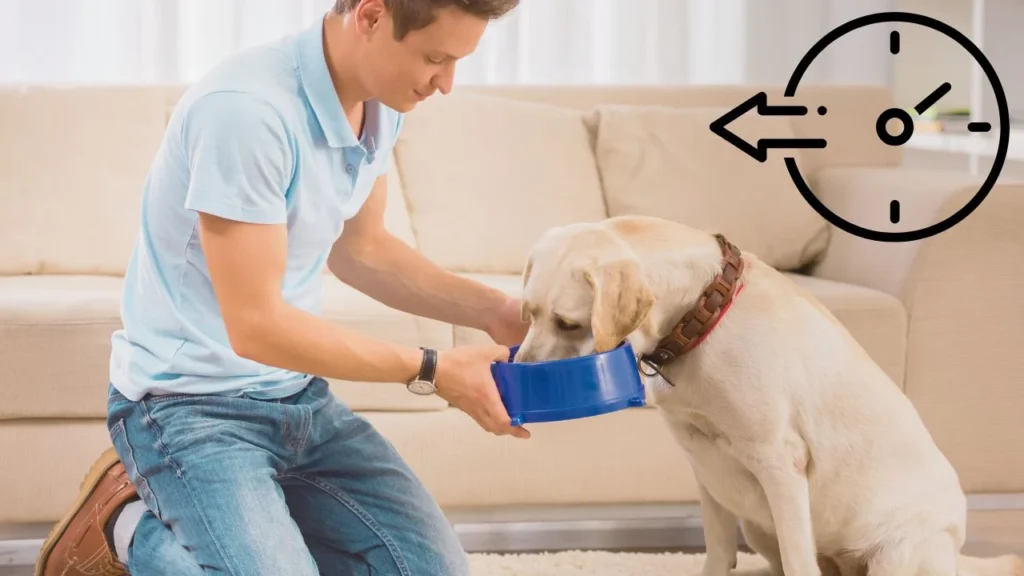
Avoiding heavy meals before a trip turned out to be a game changer. Feeding her at least two hours ahead significantly reduced her nausea. I also found that keeping the car cool helps—high temperatures can worsen motion sickness by up to 30% in pets. By lowering the car temperature and cracking a window for fresh air, I saw a noticeable improvement in her comfort levels.
Travel Accessories for Stability and Security
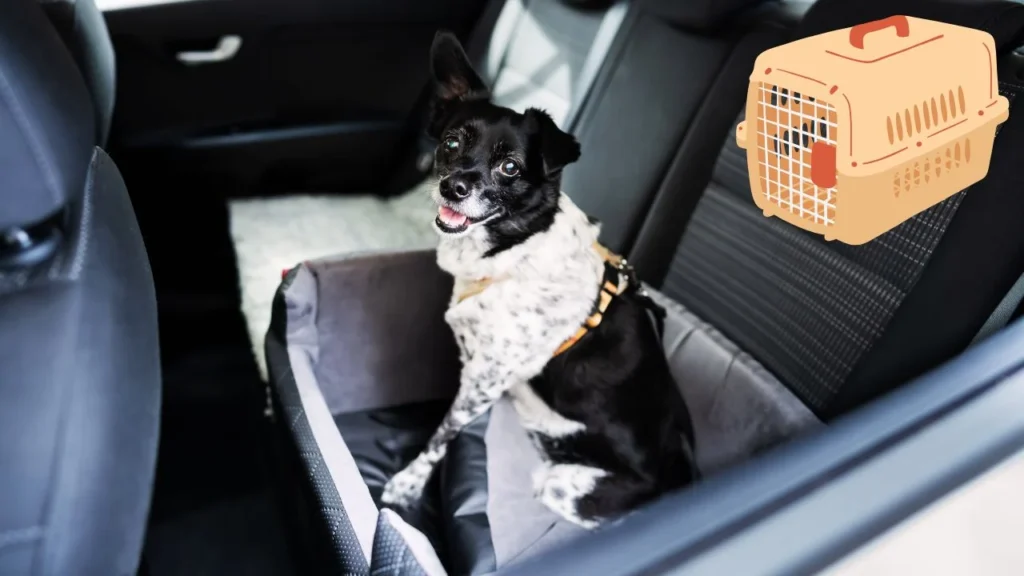
Finally, stable travel accessories, like carriers or harnesses, made a big difference. Small dogs often feel more secure in crates, which mimic the cozy, safe feeling of a den, while harnesses keep larger dogs stable in the backseat. Studies show that stable seating reduces travel stress by about 25%, making the investment worthwhile. With a secured spot, she’s calmer and safer, letting us both enjoy the journey more.
Small Dog Comfort Carriers
When it comes to keeping my dog comfy in the car, I’ve found travel accessories to be a game-changer. Small dogs, for example, can benefit immensely from carriers, especially those crash-tested with five-star safety ratings. They not only add comfort but also a layer of safety, which is essential if you’re covering 20+ miles or more.
Larger Dog Stability – Harnesses
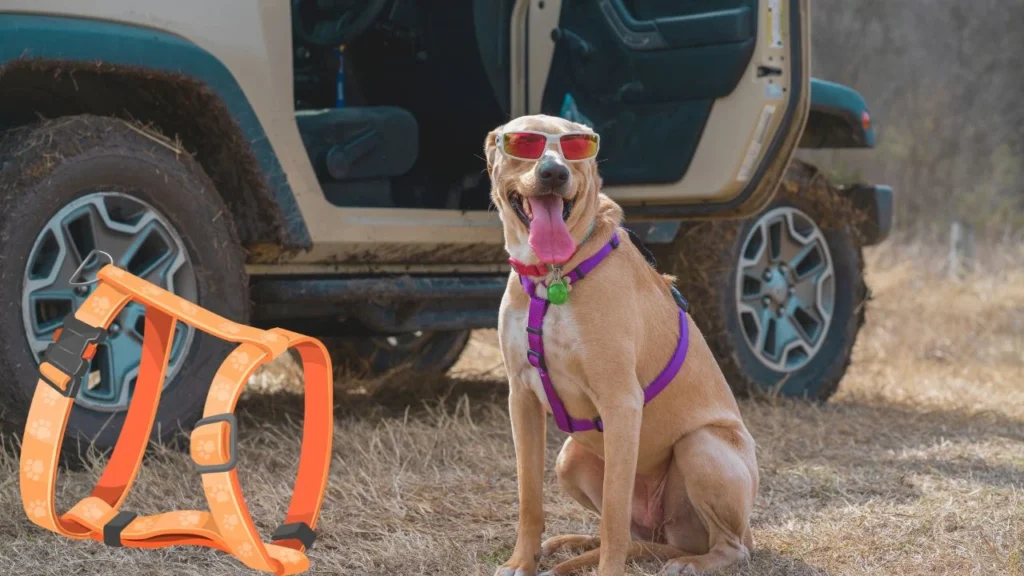
For larger dogs, a harness designed specifically for car travel is a practical choice. Studies suggest that a secured dog is three times less likely to suffer from anxiety while traveling. A harness provides stability, giving them a sense of comfort while limiting excessive movement, which can trigger nausea. For guidance on handling situations when your dog got hit by a car but you can’t afford a vet, see: Dog Got Hit by Car, Can’t Afford Vet.
Familiarity and Relaxation – Travel Beds
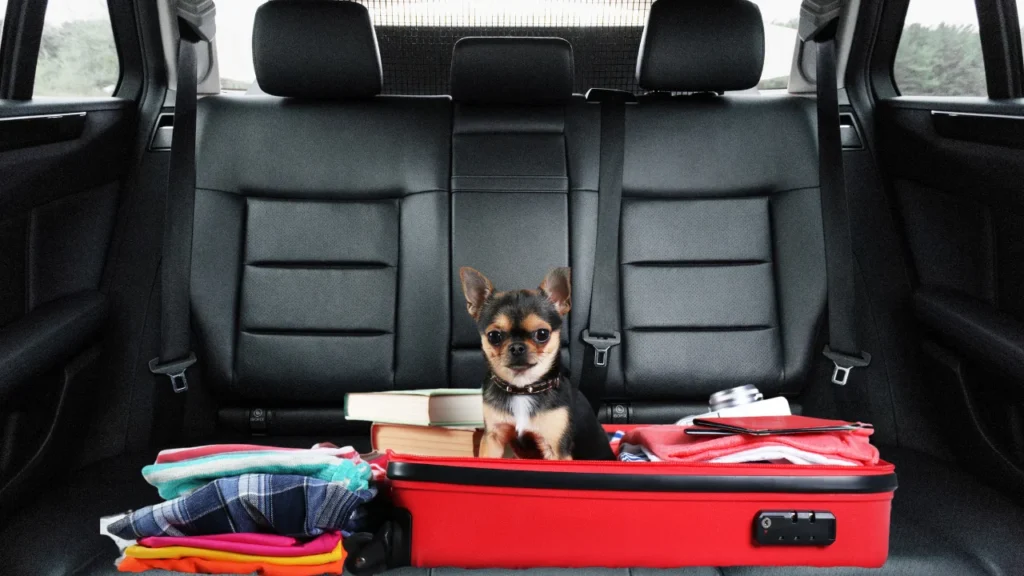
Another trick I’ve used is setting up a cozy travel bed to help my dog relax, even on long trips. Approximately 40% of dogs feel more relaxed in spaces they associate with rest, so a bed that smells familiar can work wonders. Plus, it keeps them from shifting around, which is a bonus if you’re on a bumpy road.
Final Words
After years of car trips with my dogs, I’ve found a few tips that really help with car sickness. About 60% of puppies experience it, but thankfully, many outgrow it with some patience. When you ask, “what can I give my dog for car sickness,” consider natural remedies, gradual exposure, and a comfortable setup.
I recommend trying different techniques—over 70% of dogs respond well to conditioning alone. Remember, a little preparation can turn car rides into smooth adventures for you and your furry friend!
FAQs
How long before a trip should I give my dog car sickness remedies?
The timing for giving car sickness remedies depends on the type. Generally, natural supplements or calming aids should be administered 30 minutes to an hour before the trip for the best effect.
Gradual exposure to the car a few days before travel can also help reduce symptoms. Always check with your vet for specific timing and recommendations based on the remedy type and your dog’s needs, especially if using it regularly.
Are there any foods that help prevent car sickness in dogs?
Light snacks, such as plain, unsalted crackers, can sometimes help calm a dog’s stomach before travel. Avoid feeding a large meal within two hours of the trip to reduce nausea risk. Foods high in fiber may help keep your dog’s stomach calm, but every dog reacts differently.
It’s best to experiment with small, bland snacks and consult your vet for food recommendations suited to your dog’s health and breed.
How often can I give my dog car sickness treatments?
The frequency for car sickness treatments varies based on the specific remedy and your dog’s condition. Some natural remedies or calming aids may be safe for repeated use, but medication dosage should always follow veterinary guidance.
For frequent travelers, consult your vet to set a safe schedule, especially if using anti-nausea medication or supplements regularly, to avoid side effects or reduced efficacy over time.
Can puppies outgrow car sickness, or will they need ongoing treatment?
Many puppies do outgrow car sickness as their balance system matures, especially if gradually conditioned to car travel. Exposing them to short, low-stress car rides can help them adjust over time.
For puppies that continue to show symptoms into adulthood, they may need ongoing treatment. Patience and consistency are key, and if symptoms persist, consult a vet for potential long-term solutions or conditioning techniques.
Does car travel position affect car sickness in dogs?
Yes, a dog’s position in the car can impact car sickness. Placing your dog in a stable spot, like a crate or harness in the back seat, can reduce motion sensitivity. Dogs facing forward or secured lower in the vehicle are less likely to feel disoriented.
For smaller dogs, secure carriers can provide added stability and comfort. Adjusting your dog’s seating and position can often make a significant difference in managing symptoms.

